World Sailing releases Marine Megafauna guidelines
World Sailing and the Marine Mammal Advisory Group release guidelines to protect marine megafauna, enhancing safety in sailing events worldwide.

World Sailing and the Marine Mammal Advisory Group release guidelines to protect marine megafauna, enhancing safety in sailing events worldwide.

The Yacht Racing Forum in Amsterdam brought together 250 delegates to discuss the future of sailing, focusing on diversity, technology, and innovation.
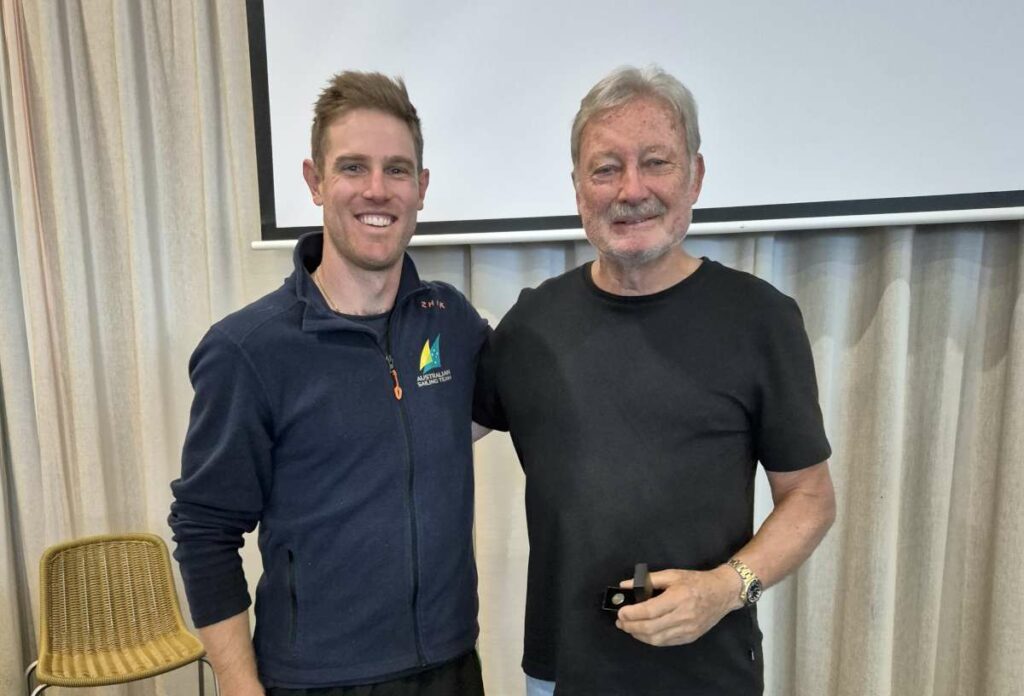
John Bertrand AO honored with the Barranjoey Pin at the Australian Sailing Team camp in Melbourne, celebrating Australia’s Olympic legacy.
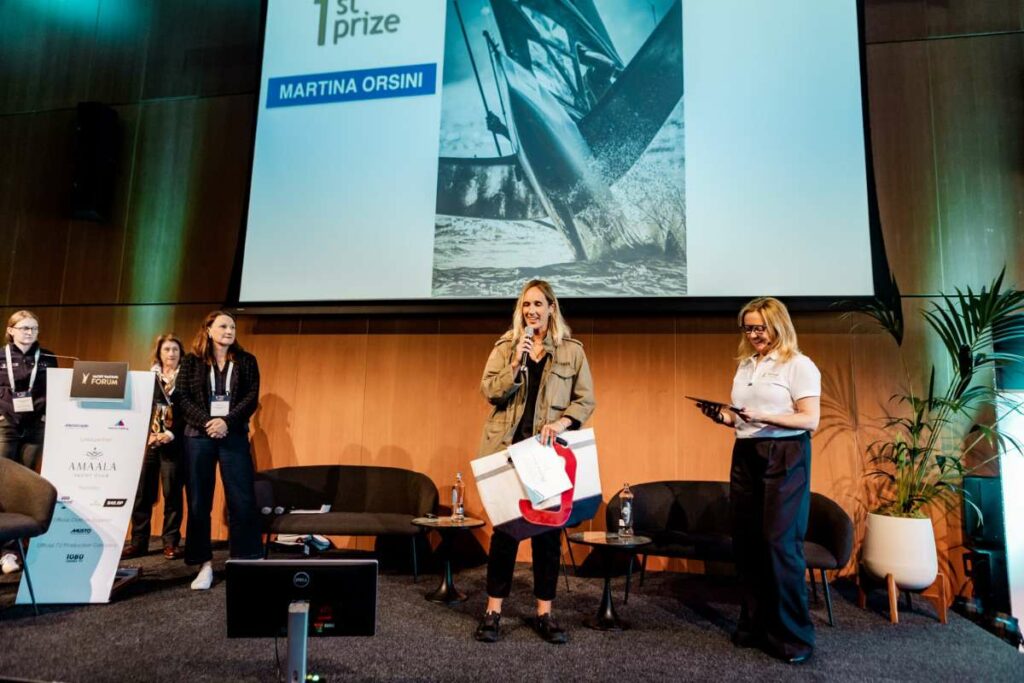
Italian photographer Martina Orsini wins the 2025 Pantaenius Yacht Racing Image Award in Amsterdam, making history as the first female winner.
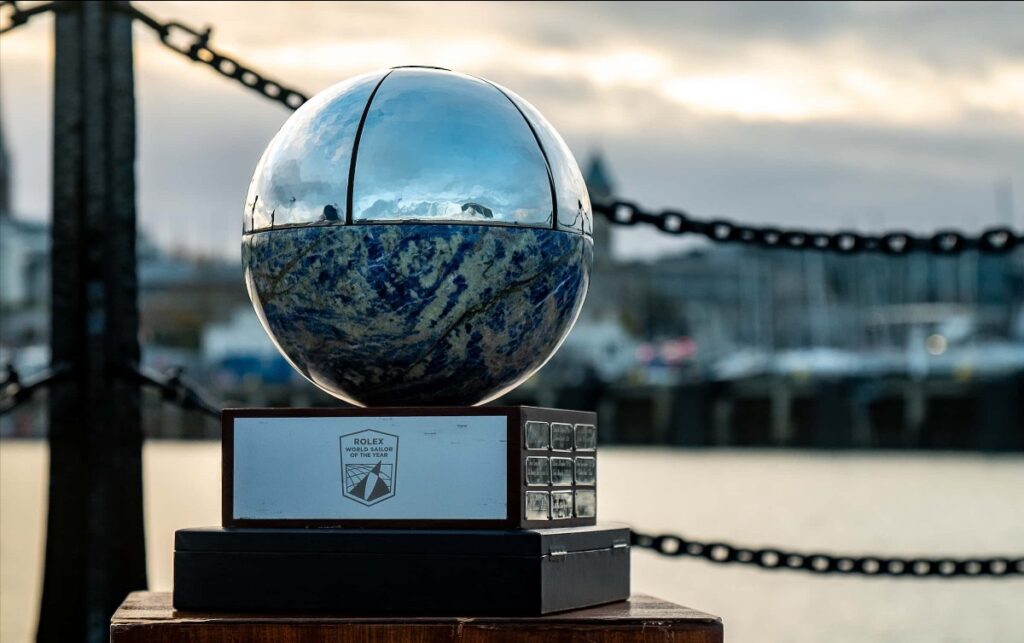
World Sailing announces the renewal of its prestigious Rolex partnership for the World Sailor of the Year awards, celebrating top sailing achievements.
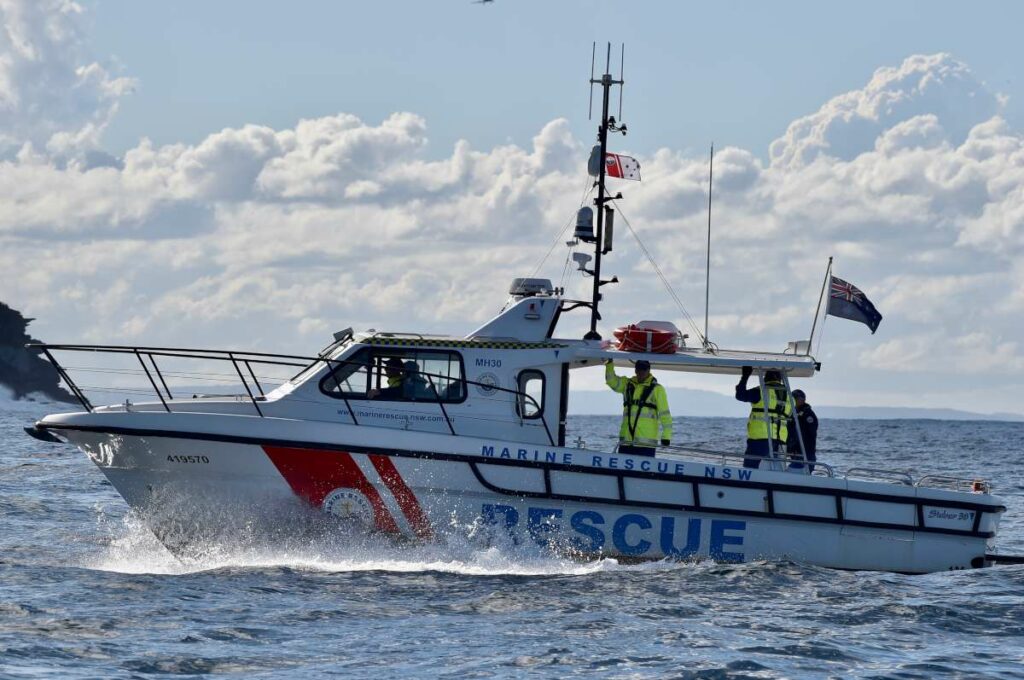
Discover the Marine Rescue Middle Harbour’s Club 500 fundraising initiative, strengthening community ties and ensuring safety on Sydney Harbour.

Explore the top 20 stunning photos from the Pantaenius Yacht Racing Image Award 2025, exhibited at the Yacht Racing Forum in Amsterdam.
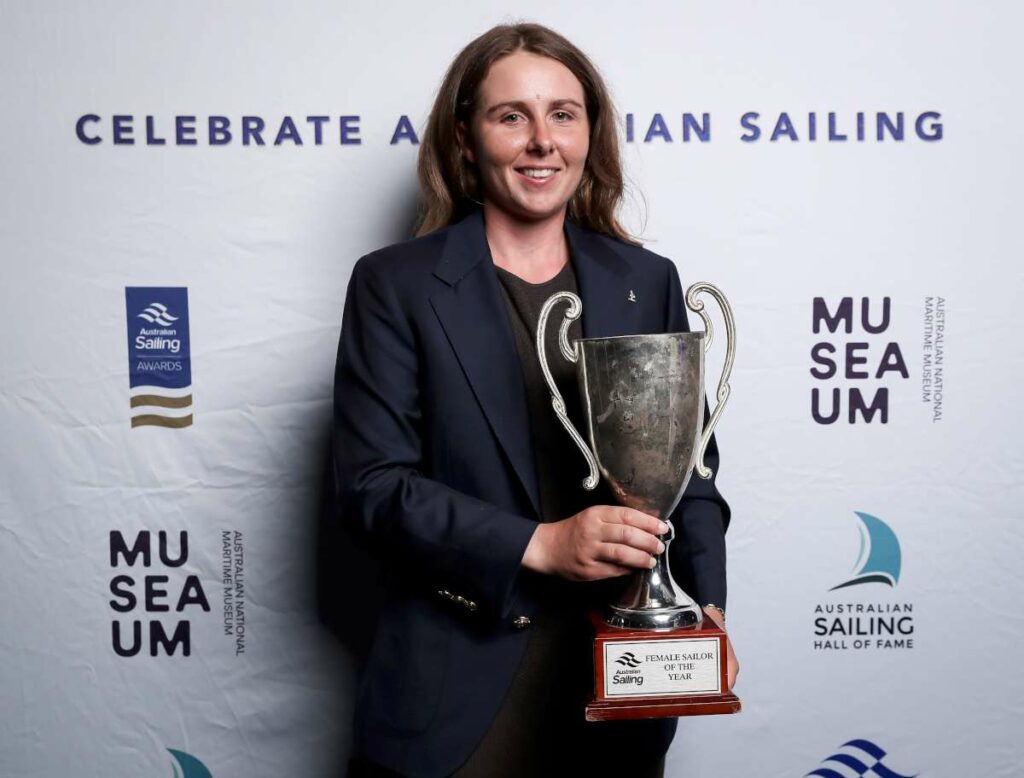
James Mayo and Zoe Thomson win top honors at the 2025 Australian Sailing Awards held in Sydney, recognizing outstanding achievements in sailing.
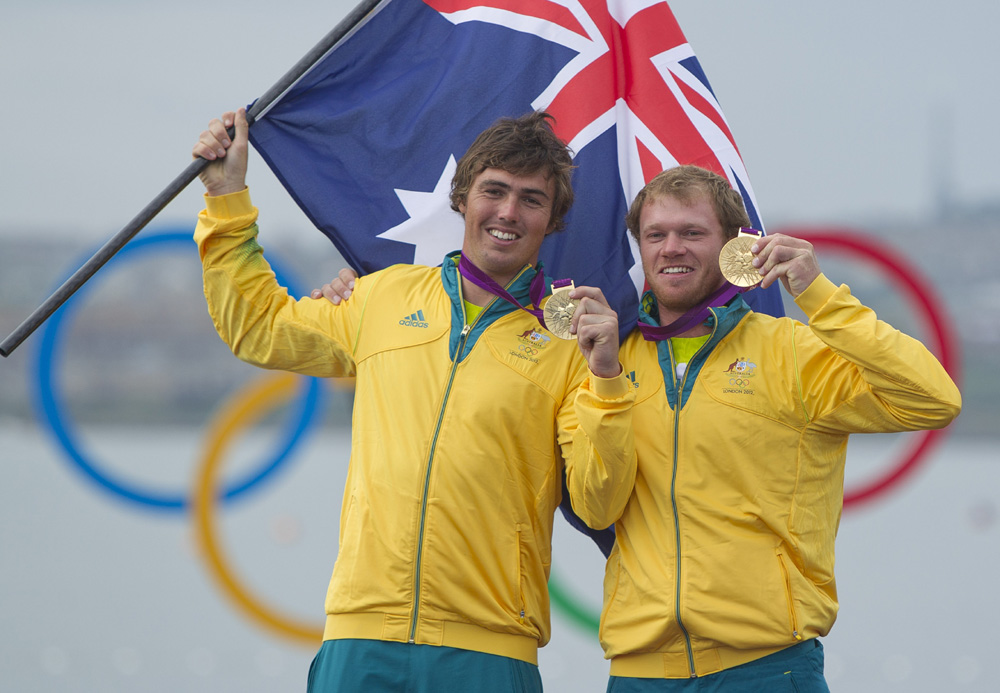
Australian Sailing honours legends Glenn Ashby, Nathan Outteridge, and Iain Jensen with their induction into the Australian Sailing Hall of Fame.
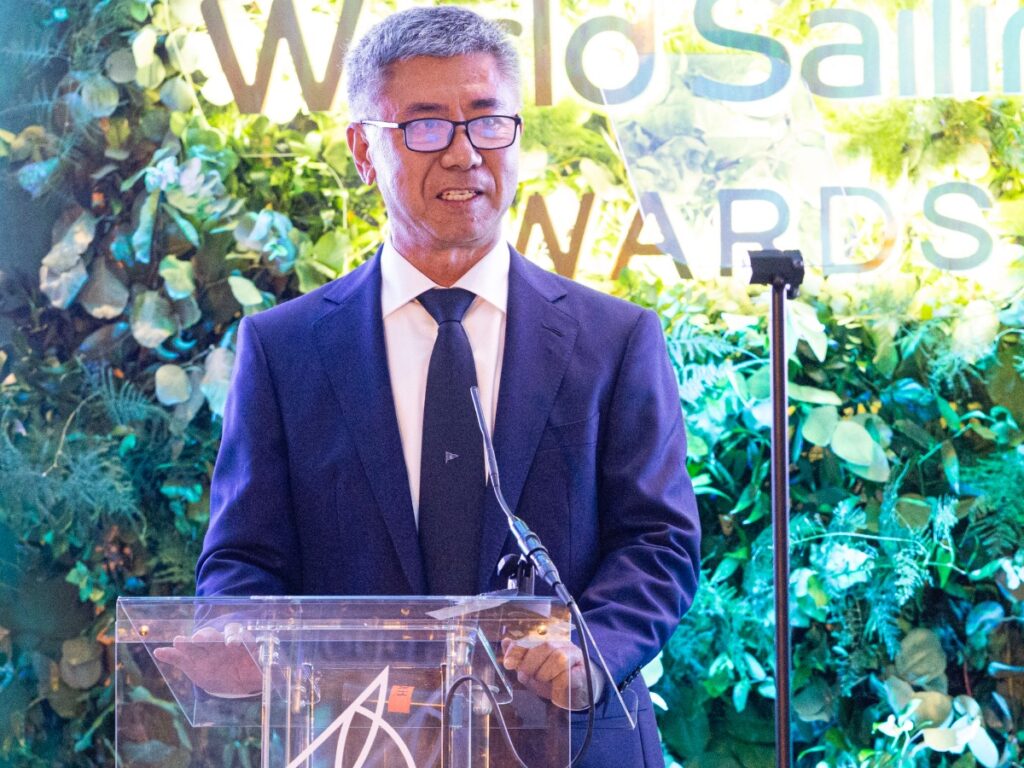
World Sailing’s 2025 Annual Conference in Dun Laoghaire sees the election of a gender-balanced Board, marking a significant milestone for the sport.
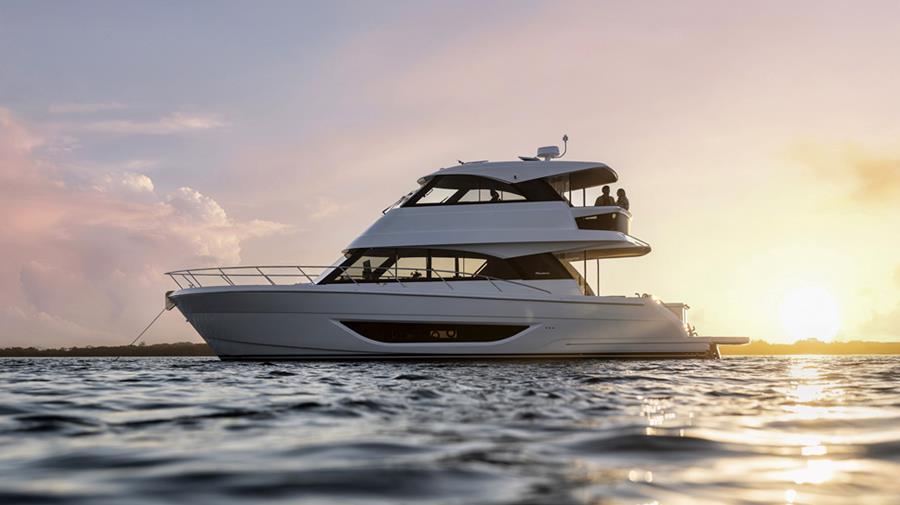
The Boating Industry Association urges Australian governments to support the marine manufacturing sector to tackle skills shortages and boost the economy.
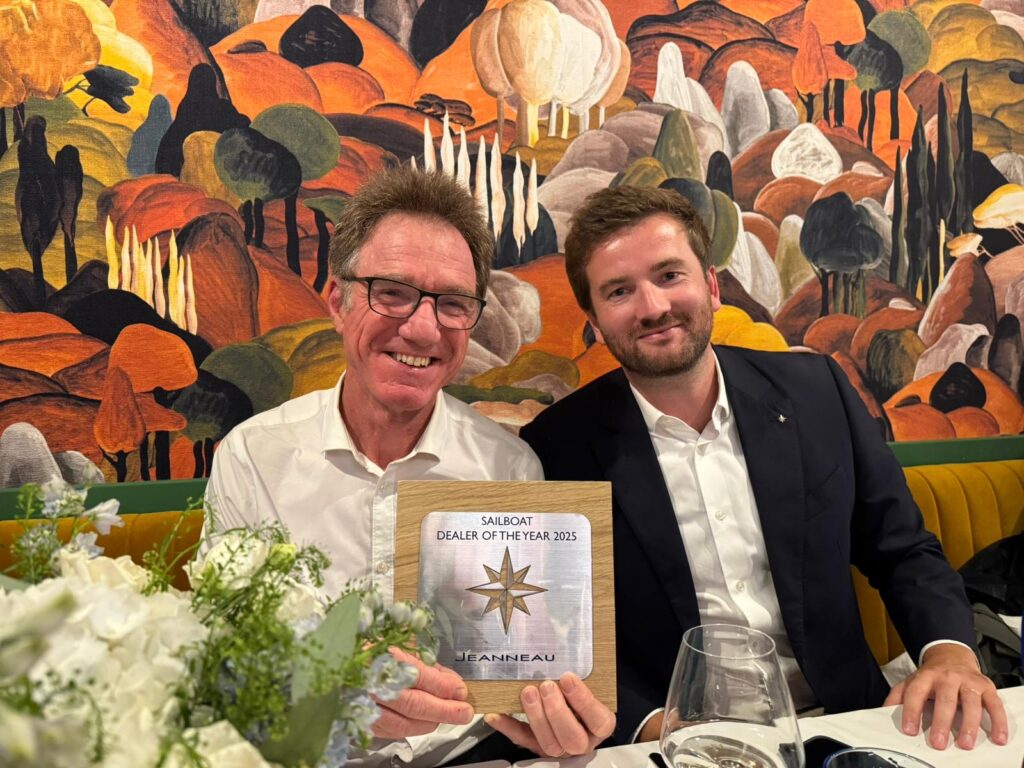
Performance Boating Sales has been awarded Jeanneau Sail Dealer of the Year 2025, celebrating its dedication to the sailing community in Australia.
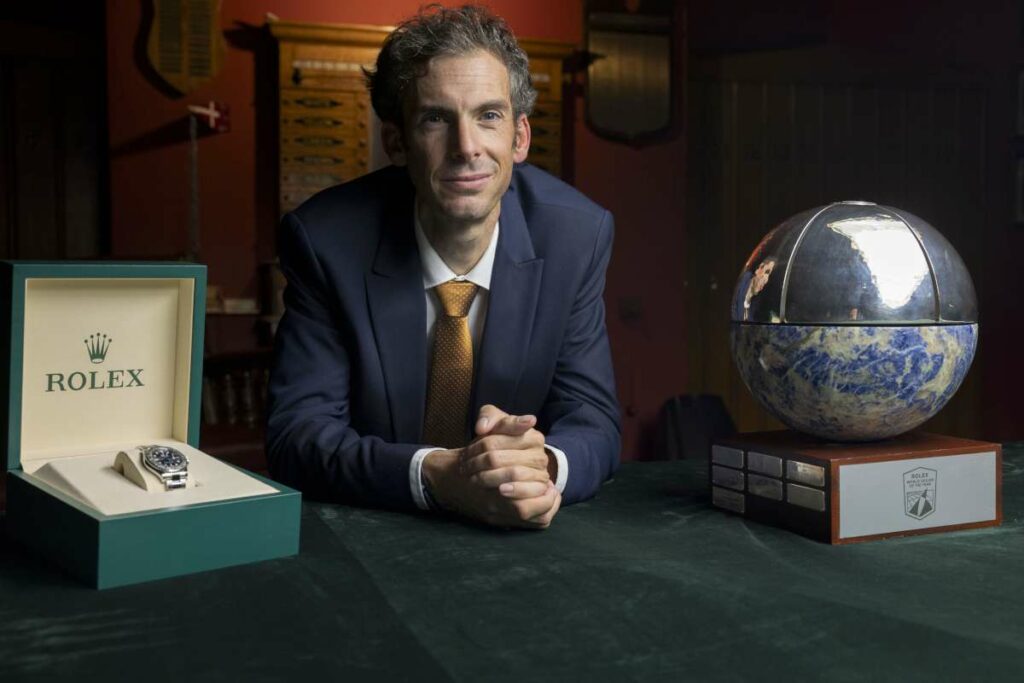
Justine Mettraux and Charlie Dalin of France are crowned 2025 Rolex Sailors of the Year at the World Sailing Awards in Dun Laoghaire, Ireland.
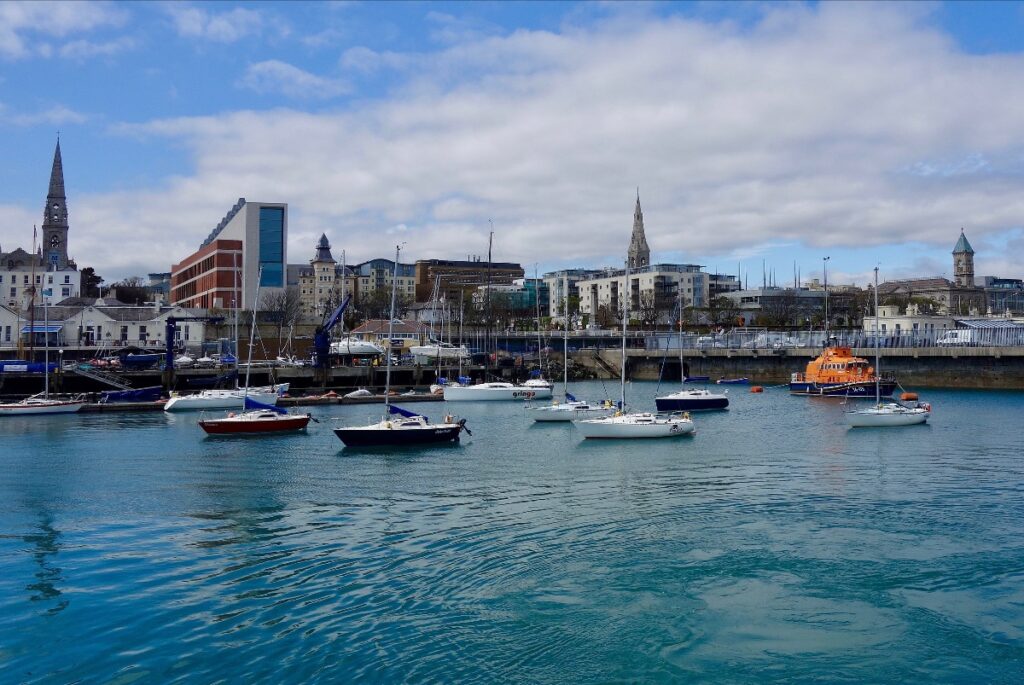
The 2025 World Sailing Annual Conference begins in Dún Laoghaire, Ireland, gathering global leaders to shape the future of sailing.
Discover the Boating Industry Association’s new campaign highlighting the joy of boating across Australia, promoting wellbeing and connection on the water.
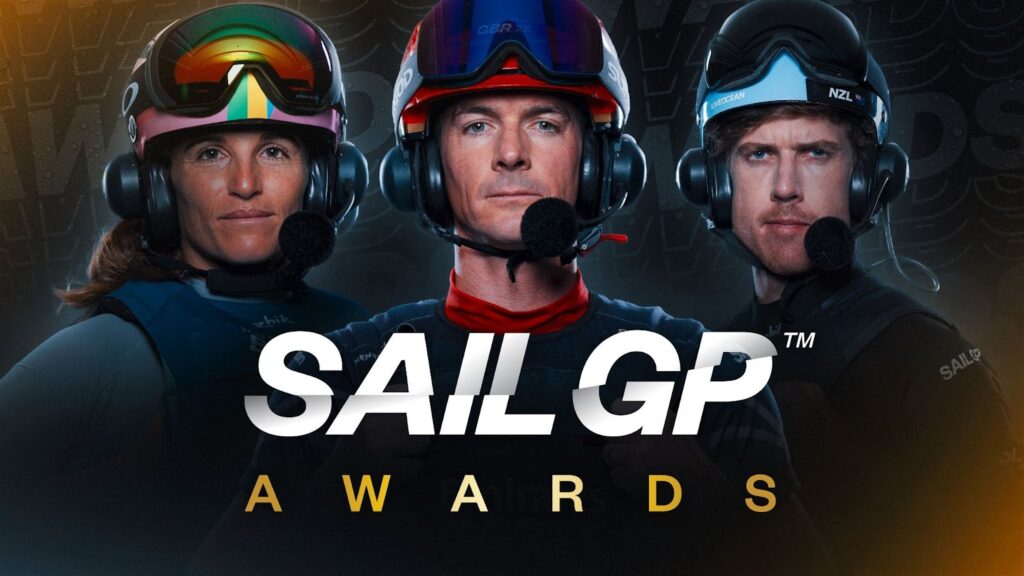
Join the excitement for the Rolex SailGP Championship 2025 Grand Final in Abu Dhabi, with voting open for the Fan Awards until November 14.

U19 World Champion Rory Meehan from Queensland receives the Sport Australia Hall of Fame Scholarship, supporting his Olympic aspirations in iQFOiL.

Acquiring your Boat Licence in Qld opens up an entire playground of waterways, coastal passages, islands, bays, rivers and marine parks to explore. As a new licence holder, you’ll want destinations that balance scenic beauty with safety, accessible ramps, gentler…
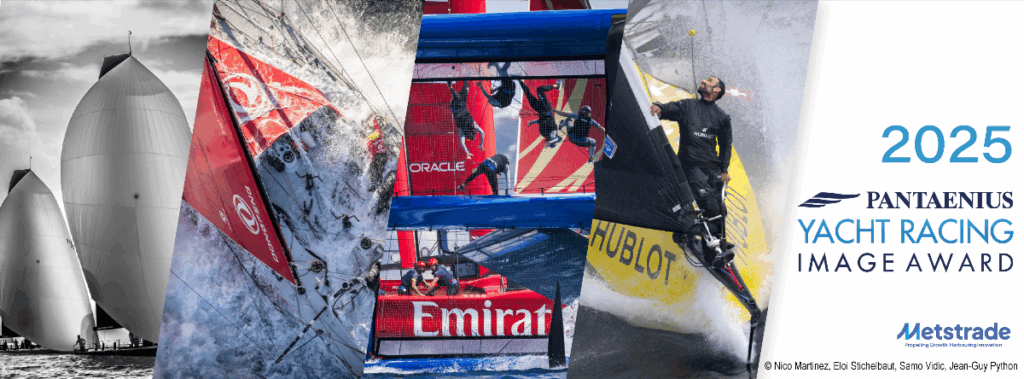
Voting is now open for the Pantaenius Yacht Racing Image Award 2025, featuring stunning submissions from photographers worldwide.
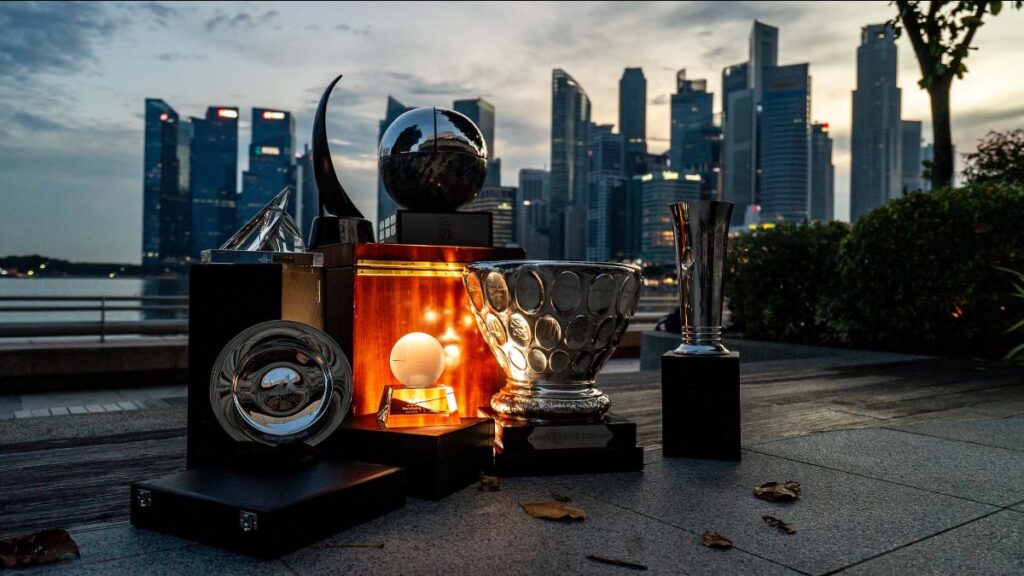
Discover the finalists for the 2025 World Sailing Awards, celebrating outstanding achievements in sailing, announced by World Sailing in Dún Laoghaire, Ireland.
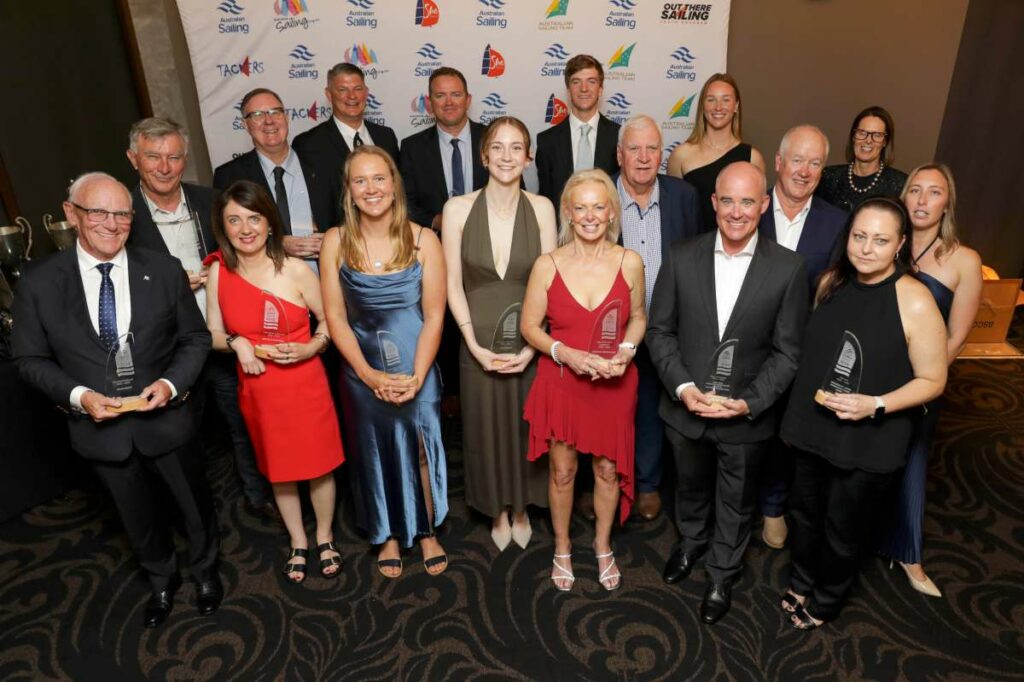
Discover the national finalists for the 2025 Australian Sailing Awards, recognizing outstanding sailors and clubs in Sydney on November 14.

The Royal Sydney Yacht Squadron hosted the 6th annual Ladies of the Sea Coaching Regatta, empowering over 130 female sailors to enhance their skills.

Yacht racing photographers have until October 12 to submit images for the Pantaenius Yacht Racing Image Award in Amsterdam.
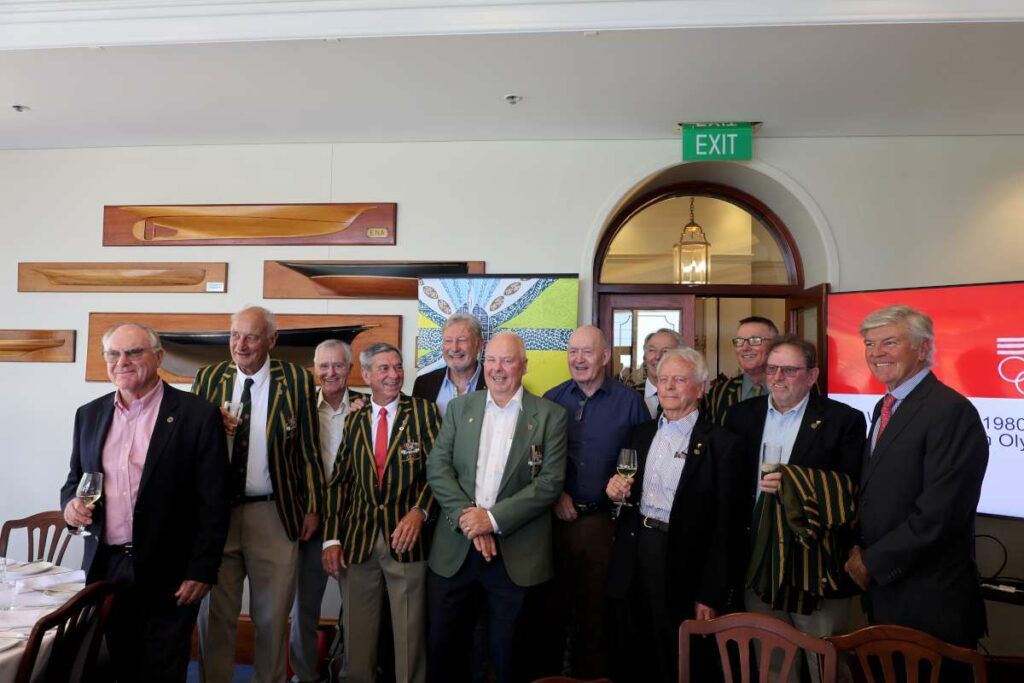
Australia’s 1980 Olympic sailing team reunites after 45 years, reflecting on their untold story and the impact of the Moscow Games boycott.

Join the Lake Samsonvale Water Sports Association Open Day on Nov 8 for fun sailing activities, BBQ, and a chance to win prizes!

Submit your best sailing photographs for the Pantaenius Yacht Racing Image Award by October 12, 2025, and compete for exciting prizes!

Cameron McKenzie named ORCV Ocean Racer of the Year for his outstanding contributions to sailing in Australia and inspiring young sailors.
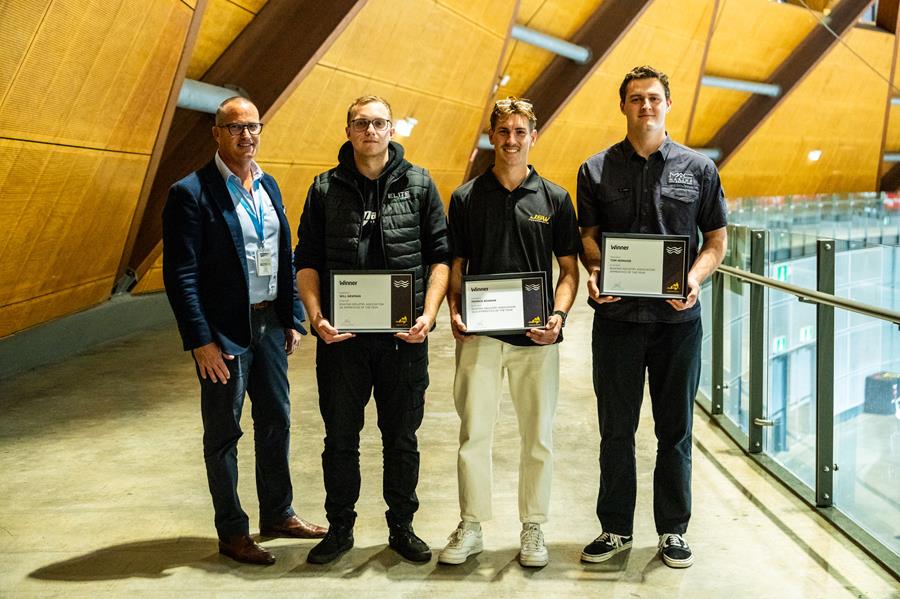
Tom Ironside from Mac Marine Group wins the 2025 BIA Apprentice of the Year award at the Sydney Boat Show, showcasing excellence in shipwright training.

World Sailing been shortlisted for three categories in the Sport Positive Awards 2025 in recognition of its role in creating a more sustainable, resilient, equitable, and climate-conscious future for sport. World Sailing has been shortlisted in the Inspired Inspiration category…

“This is our impact P&L” – World Sailing’s inaugural Impact Report charts a new course for a sustainable future in sport World Sailing, the global governing body for the sport of sailing, today released its first Impact Report, a comprehensive overview…
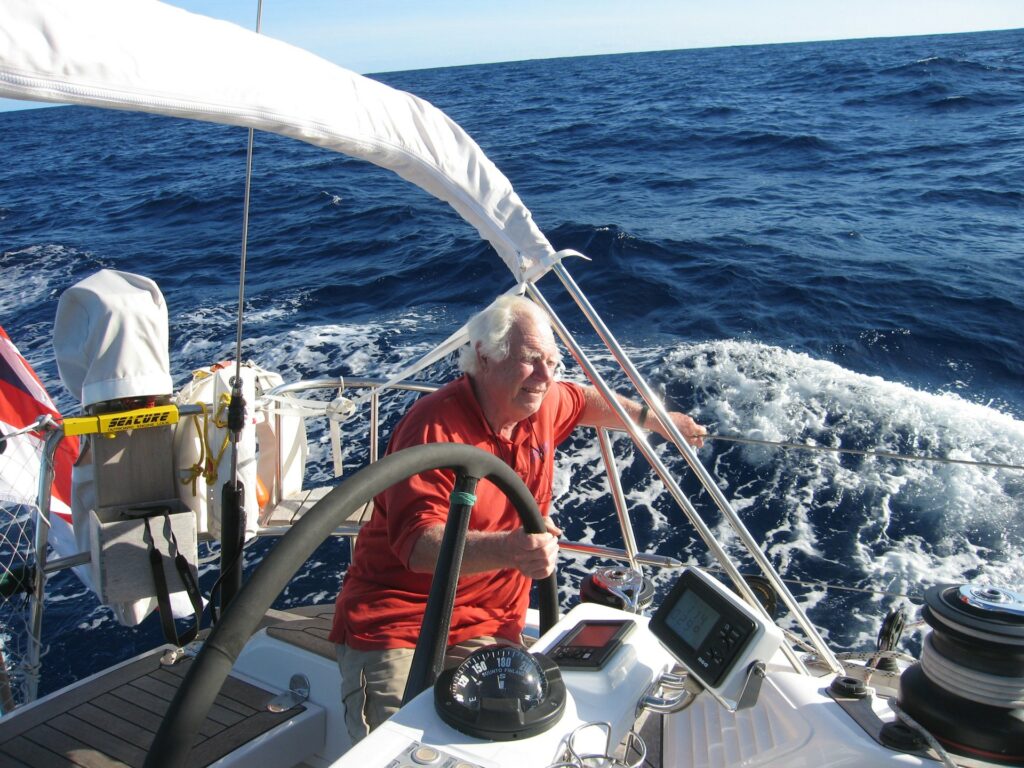
By John Roberson Sailors around the world will be sad to hear that British offshore sailing legend Paul Antrobus has crossed the bar. One of the “greats” of the IOR era of offshore racing, Paul had a distinguished career both…
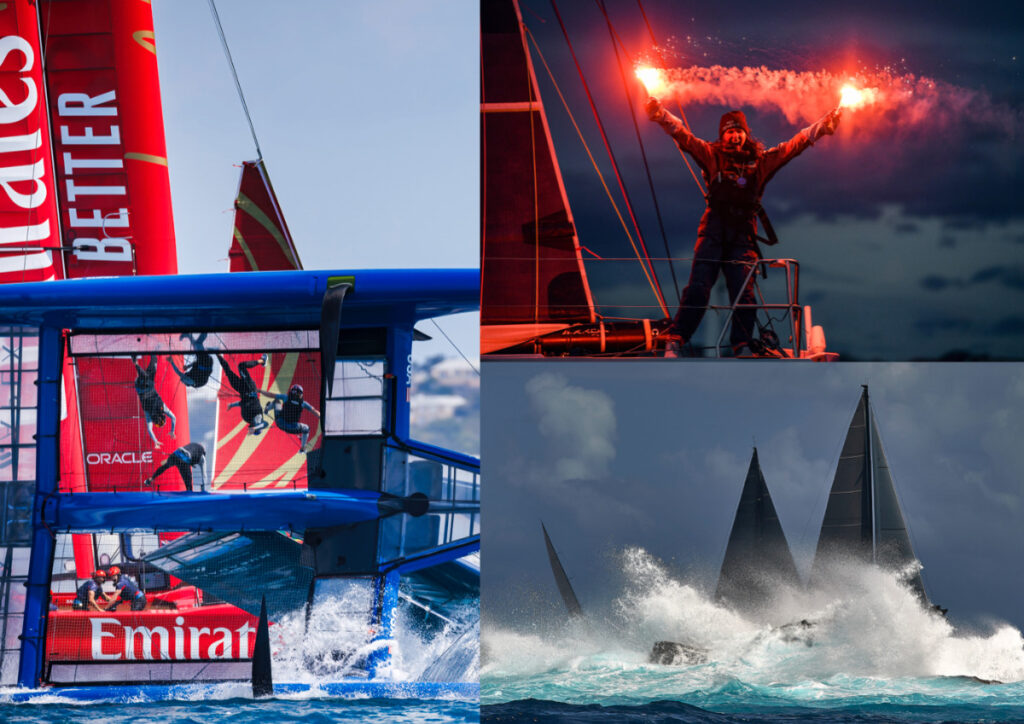
Get ready to celebrate the world’s best sailing photographs of the year The 16th edition of the Pantaenius Yacht Racing Image Award will once again reassemble the world’s best marine photographers from all over the world. The prize giving will…

The Ocean Racing Club of Victoria (ORCV) is proud to announce Will Farnell as the recipient of the 2025 Youth Sailor of the Year award—a young sailor whose love for the sea runs generations deep and whose commitment to the sport has already made…

The Boating Industry Association Ltd have announced a significant funding agreement with the Queensland Government to deliver a major boost to the Marine Jobs program across the Sunshine State. BIA CEO Andrew Fielding said this milestone funding agreement would enable…

I was recently invited to meet Nick Ogden, the Chairman of the Performance Marine Group (PMG), which includes Performance Sailcraft Australia (PSA), up at their new facility in Morriset on the Central Coast. A lot of rumours circulated last year when the PSA facility…

Zhik and Australian Sailing are proud to celebrate over a decade of partnership, one built on innovation, elite performance and podium success. Since 2013, the collaboration has helped deliver four Olympic gold medals and four silver medals across three Games,…

A new online learning platform for the global sailing community World Sailing has officially launched the World Sailing Academy, an innovative new online learning platform designed to provide comprehensive educational resources and training to sailors, coaches, officials, administrators, and the…

When an exciting sport is associated with a community whose passion extends beyond race time, the ideal sporting environment is born. As a woman, it can be intimidating to join a new sporting community, unsure of the reception one will…

CYCA Publishes the report reviewing the three incidents in the 2024 Rolex Sydney Hobart and Commits to Implementing Safety Recommendations The Cruising Yacht Club of Australia (CYCA) has published the full independent review report into the three incidents in the…

The Australian marine industry united in celebration and purpose at the 2025 Australian Marine Industry Awards, not only recognising excellence across the sector but also unveiling a new initiative designed to foster the future of the industry – the Superyacht…